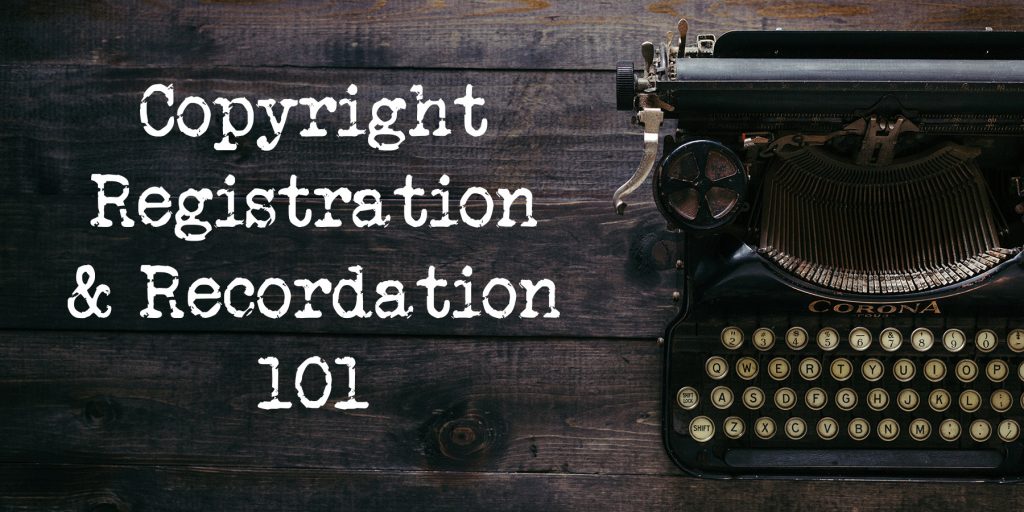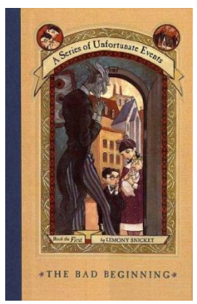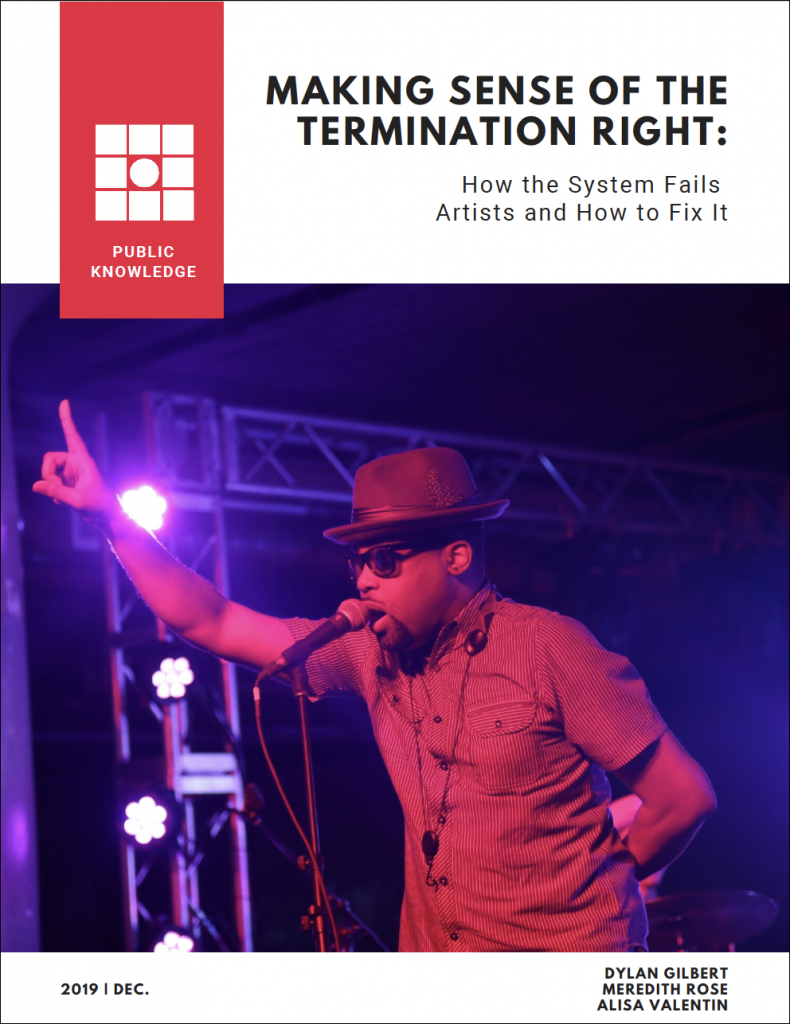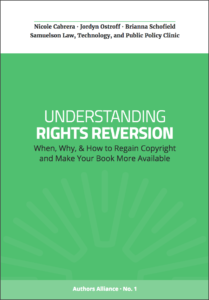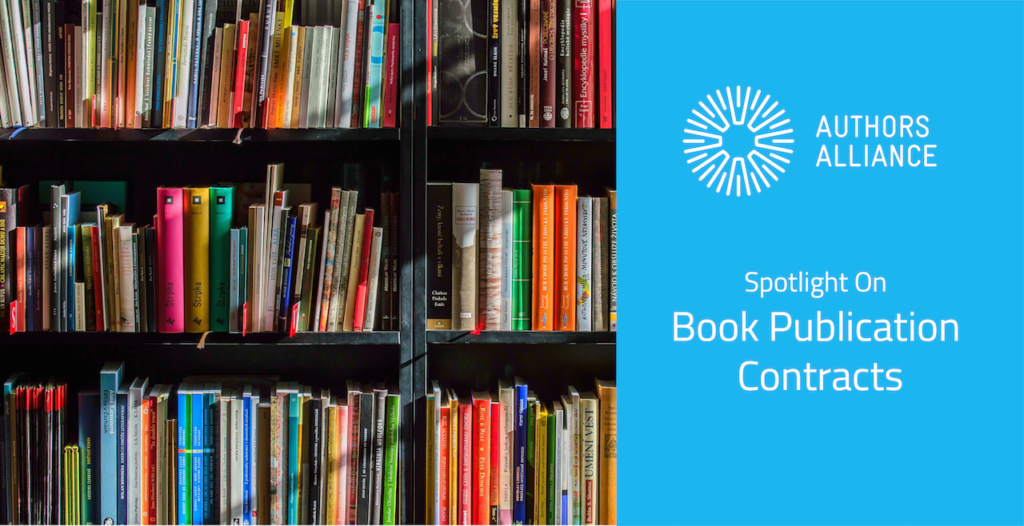
Authors Alliance is grateful to Nicolas Charest, Copyright Research Assistant, for contributing this post.
New findings based on empirical research by Joshua Yuvaraj and Rebecca Giblin highlight serious deficiencies in publication contracts, especially with respect to provisions for returning rights to authors. In Are contracts enough? An empirical study of author rights in Australian publishing agreements, Yuvaraj and Giblin analyze 145 book publication contracts from the archive of the Australian Society of Authors and conclude that the contracts are generally not sufficient to protect authors’ interests in the long-term availability of their works. Given this, the authors propose introducing baseline minimum protections to improve author incomes, investment opportunities for publishers, and access for the public.
The United States and many other countries give authors statutory rights to terminate transfers of copyright (often called “reversionary” or “termination of transfer” laws). Among other benefits, these rights give creators the ability to give new life to works that have outlived their commercial lives but are nonetheless historically and culturally valuable. By getting rights back, authors can seek alternative distribution outlets, whether it be publication on new platforms, translation and distribution of works in new languages and in new territories, adaptation into movie scripts, or releasing works under a public license. Beyond statutory termination provisions, authors may also be able to regain rights through provisions in their publication contracts.
Since Australia does not give authors a statutory right to regain their copyrights from their publishers, Yuvaraj and Giblin’s new paper explores whether the provisions in the contracts they reviewed were adequate to protect the interest of authors to regain unexploited rights. Yuvaraj and Giblin conclude that provisions were generally deficient. Their observations include:
- The Rights Assigned or Licensed to Publishers are Extremely Broad: Authors typically hand over overwhelmingly broad and long-lasting rights, with 83% of agreements covering the right to print, publish, and/or license the work for at least the entire copyright term, and 19% of those specifically include any future extensions of that copyright term. Most of these licences or transfers also secured the publisher’s rights over any and all territories, and almost half included rights in all languages.
- “Out-of-Print” Clauses are Rarely Based on Objective Criteria: While 87% of the contracts examined had some form of out-of-print reversion clause, most relied on a “technical availability” standard to determine whether a rights in a work are eligible for reversion to the author. Only 7% of out-of-print clauses were based on objective criteria like the number of copies sold. A further 5% left the determination of out-of-print status entirely to the publisher’s discretion.
- Authors Face Long Waits Before They Can Reclaim Rights: When reversion rights are provided in the agreements, Yuvaraj and Giblin observe that there are often built in delays before the author can revert rights. In the contracts analyzed by the authors, delays include: a period after initial publication (ranging from 1-7 years), a period after the book goes out of print (ranging from 6 months to 3 years), and a period of notice to the publisher to reprint the book (from 2 months to 2 years).
- “Use it or Lose it” Clauses are Rare and Some Contracts Fail to Provide for Reversion in the Event of Liquidation: Just 6% of the contracts provided for the return of unexploited language and territory rights (“use it or lose it” clauses). A full 30% of the contracts failed to provide for reversion of rights to authors in the event of a publisher going out of business.
Yuvaraj and Giblin argue that in light of these findings, contracts cannot be relied on as the only way to protect authors rights and recommend that minimum reversion rights for authors should be include in copyright statutes. They suggest that lawmakers explore possible avenues for introducing new minimum reversion rights for authors, including 1) rights to revert where a book is no longer being meaningfully exploited; 2) use-it-or-lose-it rights; 3) a right to revert when the publisher enters liquidation; 4) reversion for failure to pay royalties or provide reasonably transparent royalty statements; and 5) reversion after a certain period of time.
Click here to access the full paper.
Reference: Yuvaraj, Joshua and Giblin, Rebecca, Are contracts enough? An empirical study of author rights in Australian publishing agreements (Nov. 19, 2019). Melbourne University Law Review, Vol. 44, No. 1, 2020.

